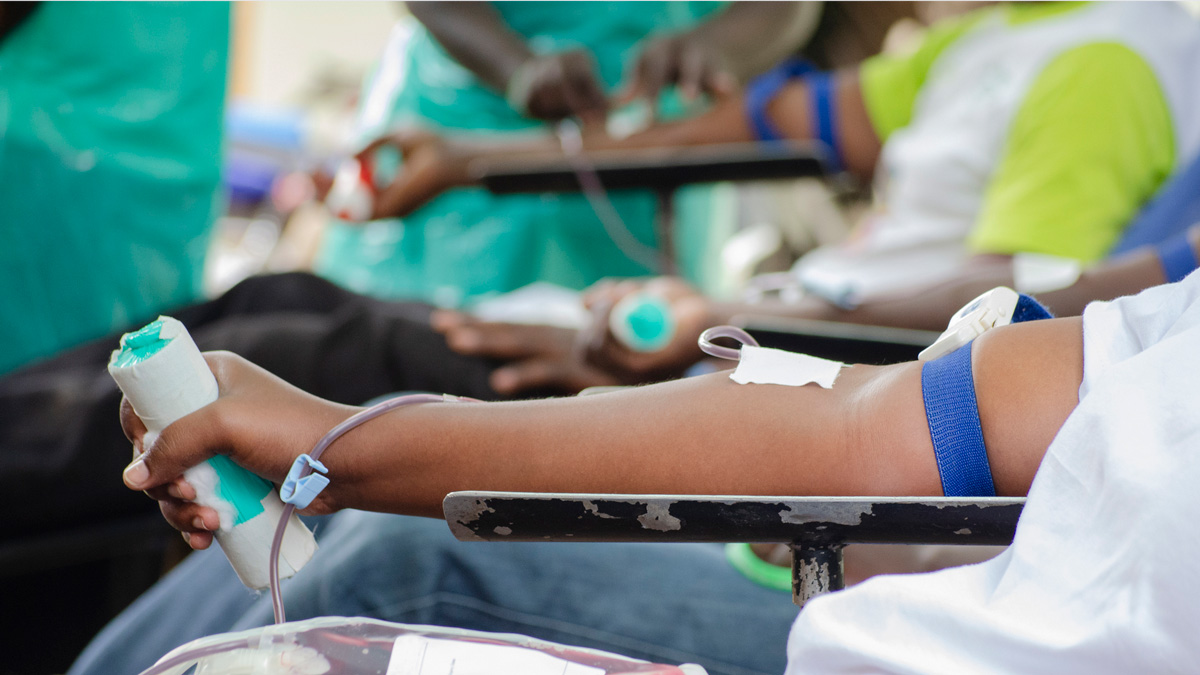National Minority Health Month: the importance of diversity in clinical trials

Most health conditions do not discriminate based on race, color, gender or identity. However, background and identity can make access to health treatment much more difficult. Thankfully, April is National Minority Health Month. Celebrated every year, it is an effort to raise awareness about health disparities that continue to affect racial and ethnic minority populations.
This is vital because in many communities, the challenges of health conditions are accentuated by everything from reduced access to care to cultural stigma, and the issue of diversity is fundamental to the entire drug development infrastructure – starting in the clinical trial process. Put simply, it is crucial to test as many patients as possible to accurately reflect the border population. For example, 12% of the US population is African American yet less than 5% are represented in clinical trials.
Not representing all groups within a population undoubtedly leads to flawed and misrepresentative clinical outcomes. Individuals’ responses to drugs and treatments differ tremendously depending on their genetic makeup so an absence of a certain ethnic or racial group has a huge impact when it comes to creating new drugs and treatments. While this is a focus for many players in the drug development space, it needs to be something we address collectively as an industry immediately.
Barriers to diversity
There are many barriers to diversity in clinical trials – hopefully something National Minority Health Month can continue to address. Historically these barriers have included patients living far from where the trial takes place, financial burdens and the lack of diversity in specific regions due to socio-economic dynamics.
At the same time, facilities that are in poorer economic areas may not have enough physicians to run clinical investigations.
Another key factor is people simply not being aware of clinical trials being conducted and available, or a lack of understanding as to how to participate.
There was also a time when the lack of diversity in trial participants may have been due more to biases or indifference on the part of the researchers. But the scientific community is now cognizant of the need for diversity and is actively addressing it.
Measures have been put into place by regulators and authorities to ensure more diversity and inclusion to accurately represent the population who could have a certain medical condition and benefit from new treatments for it.
There are many patient advocacy groups that are supportive in helping make medicines and new treatments available and accessible to everybody equally. This goes for big pharma companies as well, several of whom have established diversity as a key variable across their R&D portfolios.
However, more needs to be done. Clinical trials in oncology, for example, represent a higher number of clinical trials than any other diseases across all countries, which is in line with the massive R&D spend across cancer indications.
This is understandable given that cancer is consistently one of the leading causes of death globally. However, less than 5% of adult patients with cancer have access to clinical trials, meaning that more than 95% of adult cancer patients may be missing out on potentially lifesaving new treatments.
Technology to increase diversity
Luckily, participation in clinical trials has come a long way as a result of the prevalence of technology.
For example, the impact of wearables on the global healthcare industry cannot be understated. For patients with chronic conditions such as diabetes, high blood pressure and obesity, making the decision to invest in a wearable device is often the first step in playing an active role in their health, which has clear benefits and can have an immediate impact.
But it also means trial participation can be done remotely, which has a huge impact on patients that have difficulty in travelling to certain locations, either through ill-health, distance or other commitments. In fact, 28% of clinical trials can now be conducted entirely on a virtual basis.
This digitalisation of clinical trials and the ability to conduct clinical trials virtually has increased the ability to more appropriately and accurately reflect the true population. This is working hand-in-hand with precision medicine – getting the right drug to the right patient at the right time.
By expanding the pool of potential participants, we can analyse people of a certain ethnic group or people that have certain genes to see if there is a medicine that will work for them specifically. Using data, we have the ability to significantly increase the probability of getting that medicine to that precise patient as quickly as possible.
Optimism for the Future
The lack of diversity in clinical trials is a moral, social, scientific and medical issue. While the numbers aren’t where they need to be yet, we are seeing an increase in diversity and inclusion in clinical trials year-over-year.
Given all the technological innovations, the use of data and the advocacy seen across organisations in the healthcare universe, we can be optimistic about the progress we’re seeing and will continue to see going forward.
Right now, that is something we can all celebrate during National Minority Health Month. In the long term, increasing the diversity of trial participants will result in drugs and treatments that are safer and more effective for everyone.
About the author
Christian Hebenstreit is senior vice president and general manager EMEA at Medidata, a Dassault Systemes company



